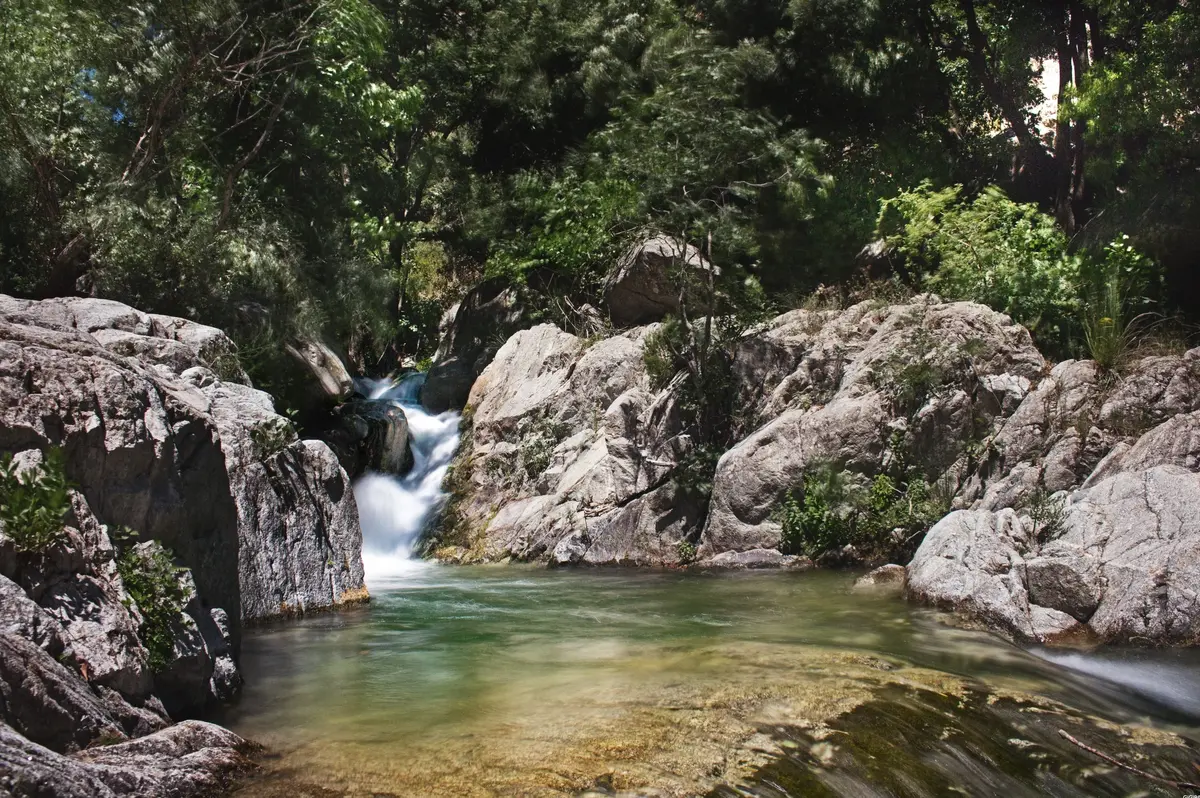Santa Severina
Santa Severina, Byzantine-Norman charm

Historical centres
Santa Severina - Regione Calabria
The village of Santa Severina, in the province of Crotone, is waiting for you for an out-of-town trip among The Most Beautiful Villages of Italy in Calabria.
Halfway between the Ionian Sea and the Sila National Park, in the Neto River Valley, the village of Santa Severina is famous for its monumental Castle of Santa Severina, one of the best-preserved visitable castles in Calabria.
The discovery of the village starts from its top: open all year round, the Castle of Santa Severina houses the Archaeological Museum, where it is possible to admire the finds unearthed during excavations within the walls.
Don't miss a visit to the important Byzantine Baptistery, the only one of its kind in Calabria, with frescoes dating from the 10th-12th centuries, the Cathedral of Santa Anastasìa (13th century) and the Monastery of the Madonna of Calabria.
The best time to visit Santa Severina is the Medieval Festival, a historical re-enactment that takes place every year between May and June, with dozens of participants wearing typical Norman costumes, flag-wavers and acrobats, juggling shows and tastings.
Are you a sportsman and do you love nature? One of the best ways to explore the surroundings of the village of Santa Severina is by bike, along the charming Val di Neto cycle path.
Among the village's typical products are the aranciàru, a prized variety of native orange, and the Val di Neto IGT wine.
Useful information
What to know about Santa Severina
Where to Sleep
There are 7 available accommodations.
Places
There are 4 places to visit.
Travel Ideas
There are 8 travel ideas.
Infopoint Santa Severina
Piazza Campo, Santa Severina
No result









